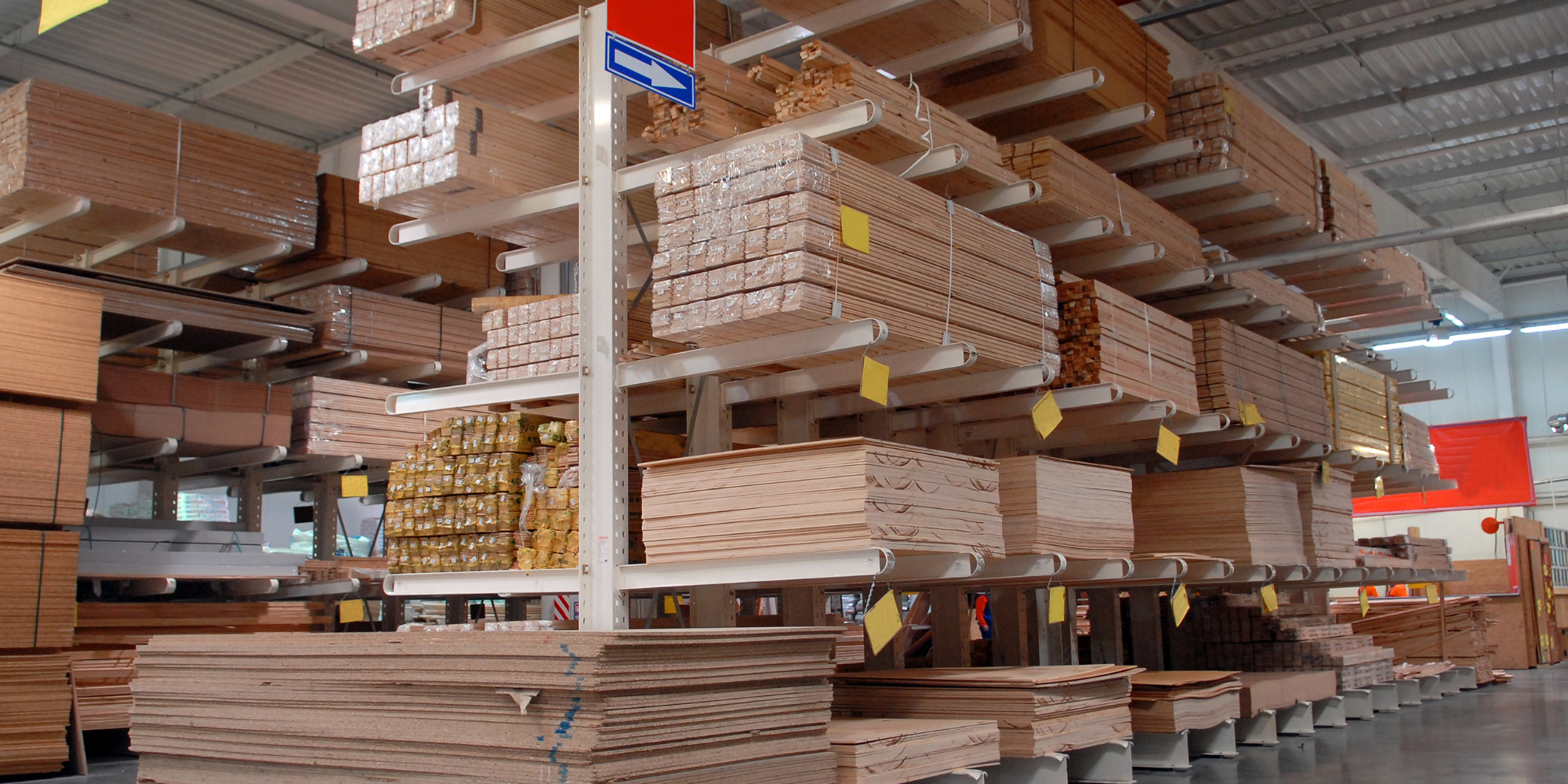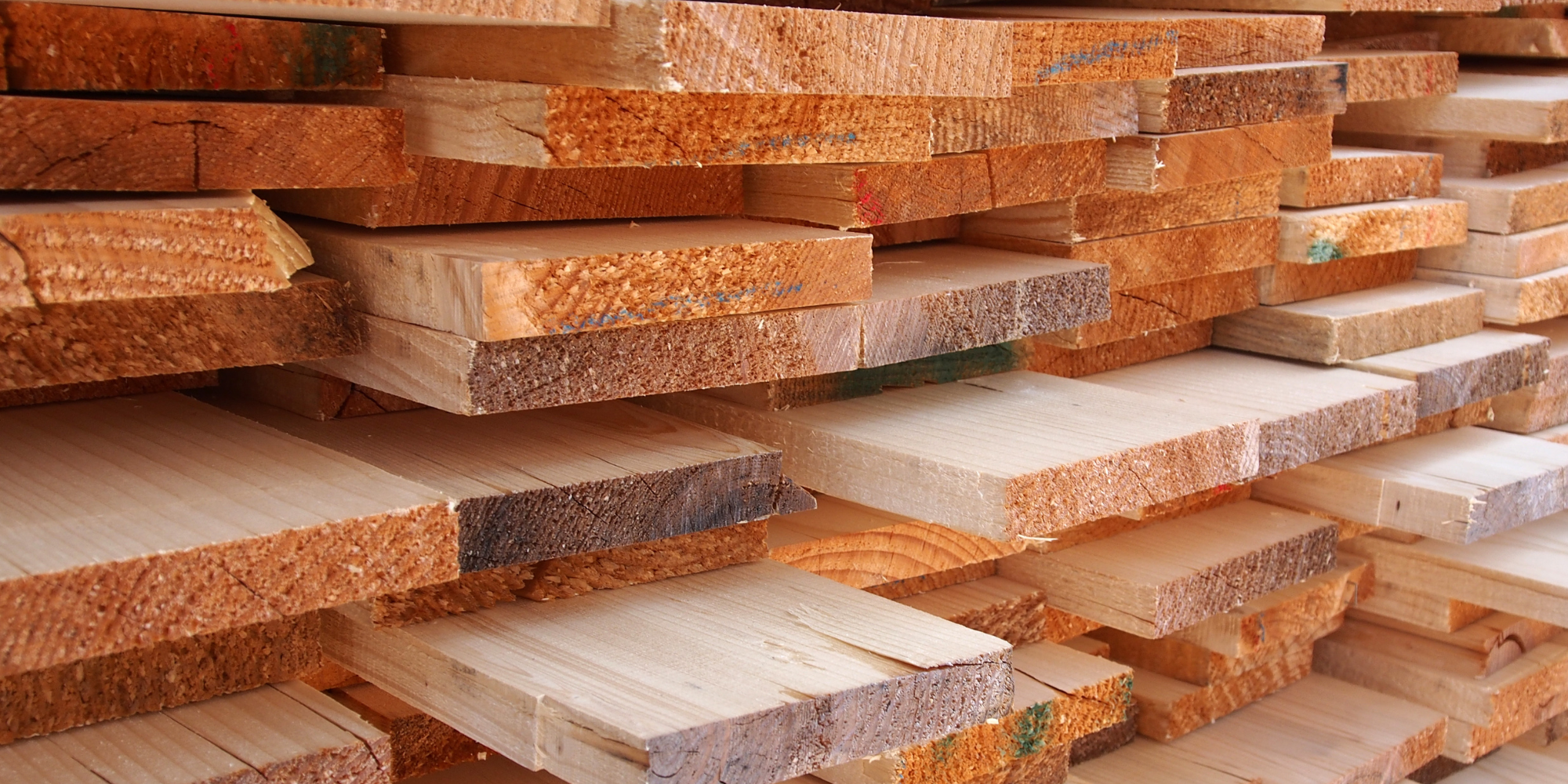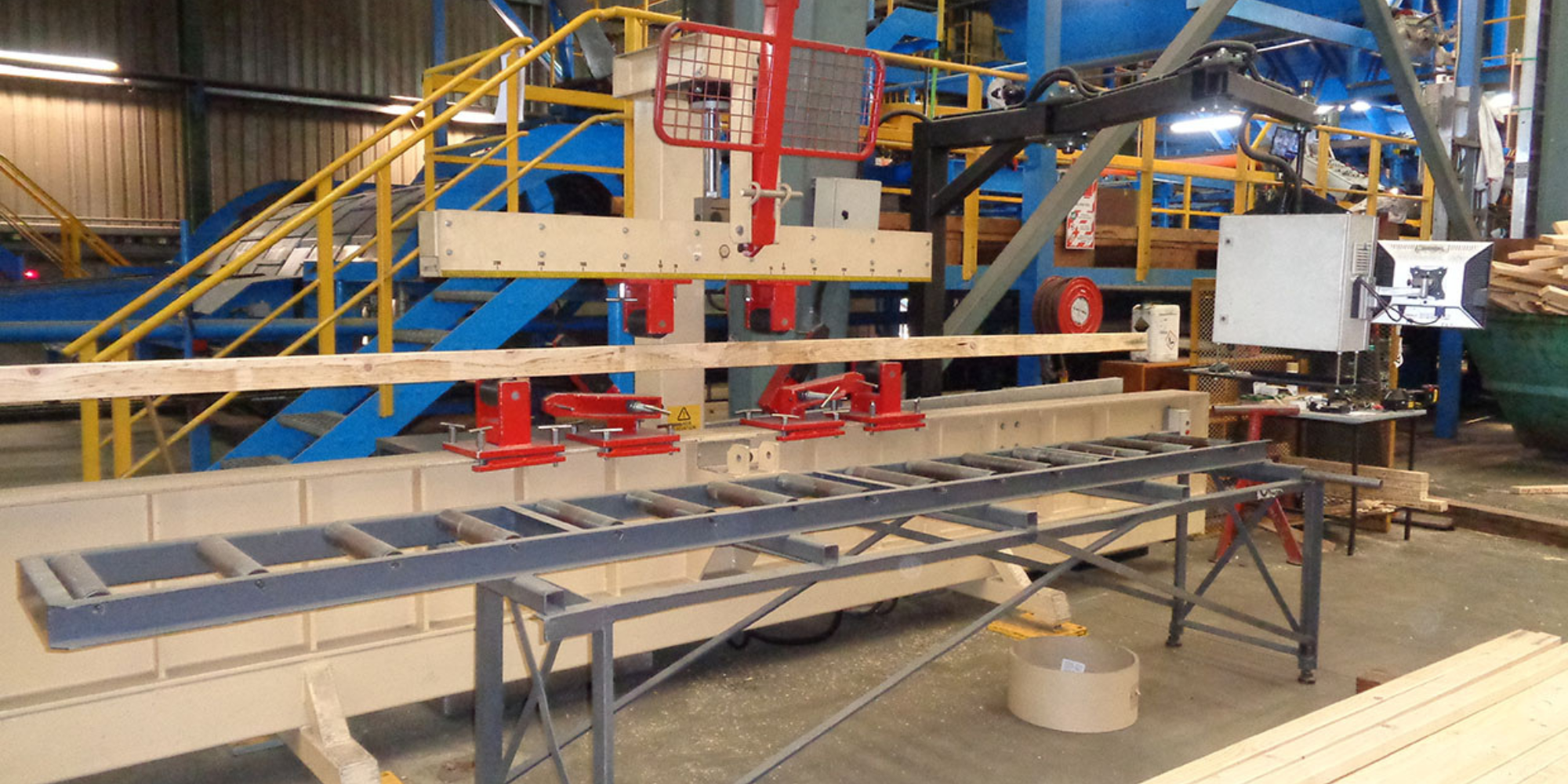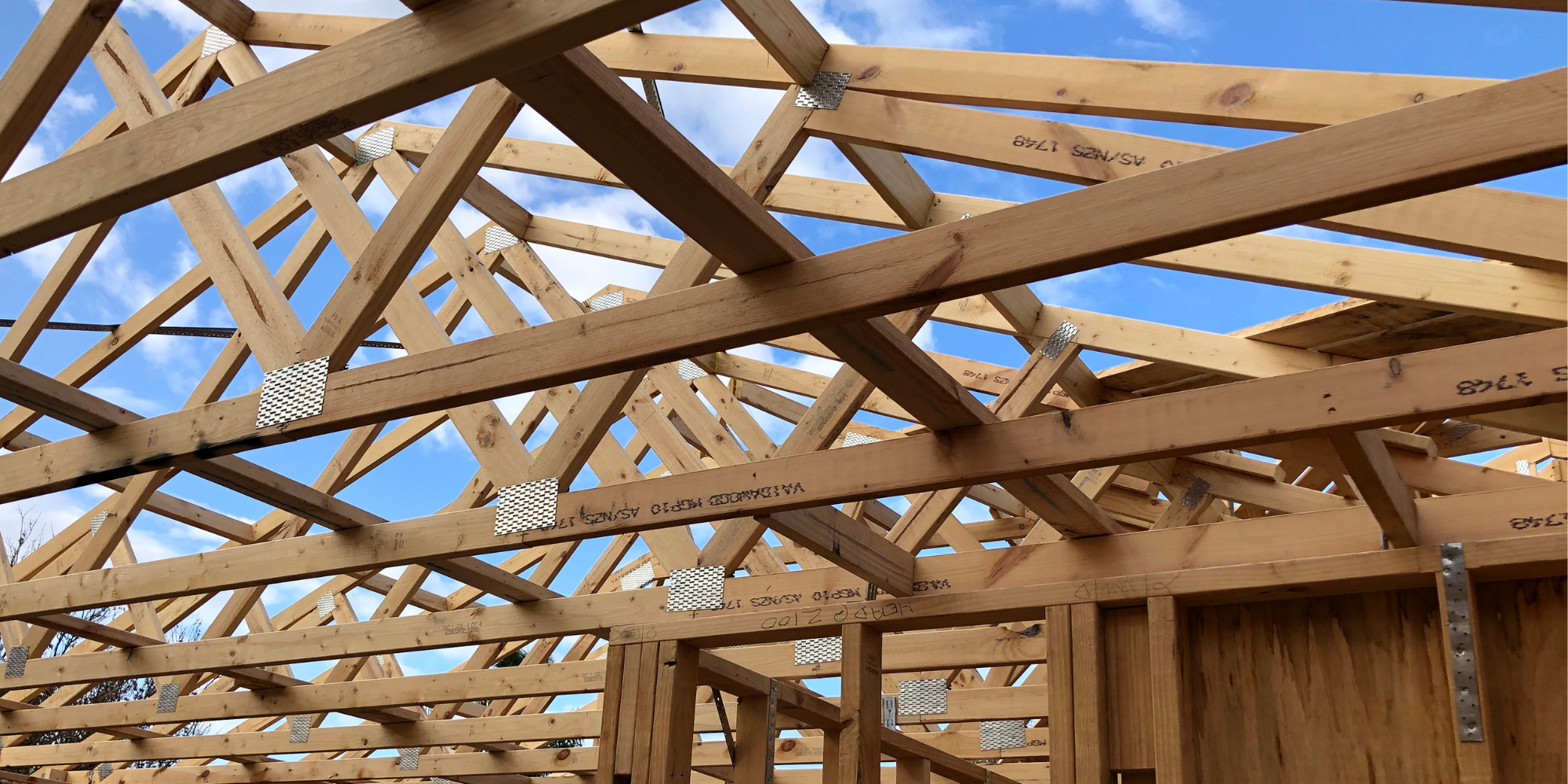Product checking is used for all timber products including plywood, glulam and manufactured items such as I-Beams. There are three areas in which checking may be incorporated in product checking for quality control:
- Every piece can be checked by a different grading method. For example, after machine stress-grading, timber can be checked using visual grading criteria. This will pick up problems in the grading process. Note: it does not generally work to use the same grading technique for the check as was used in the production grading.
- Shift checking is the process of testing one physical property a number of times during each shift. Invariably for structural timber, this is the Modulus of Elasticity (MoE) or stiffness. In this way, the timber is not broken, so can still be marketed, but the stiffness can be used to check that the grading is able to produce the product expected. The results are aggregated to give a picture of long-term drift in properties as production is continuing.
- Periodically (typically once per year) a sample may be collected and subjected to more strenuous testing. Usually two properties would be determined for each piece, ie MoE and bending strength. This gives a better check on the properties of the entire population produced by that mill.
The results of the product checking can be used to track any slow drift in properties of the mill product. If this is observed, then steps can be taken to correct the processes that have caused the drift.



